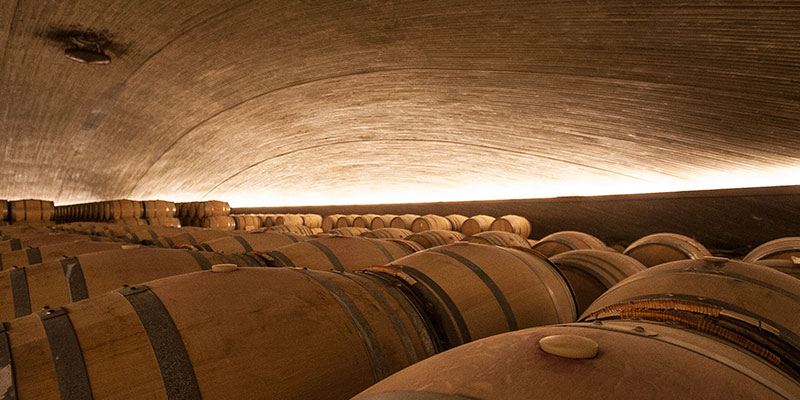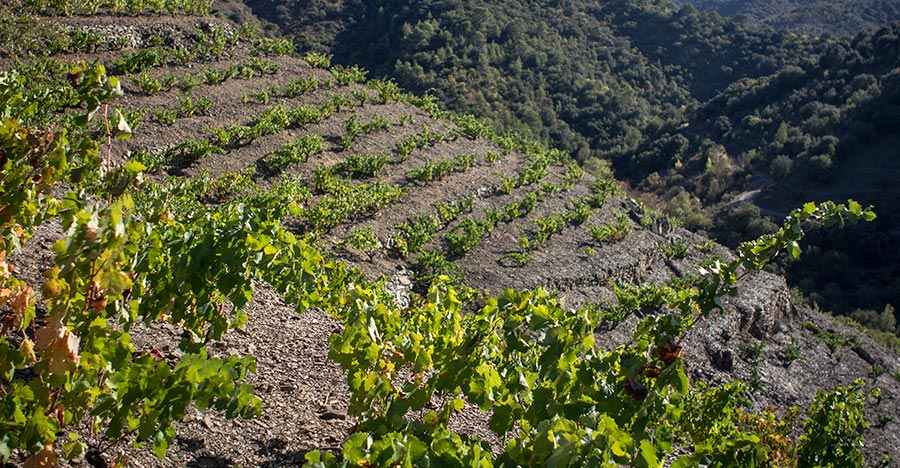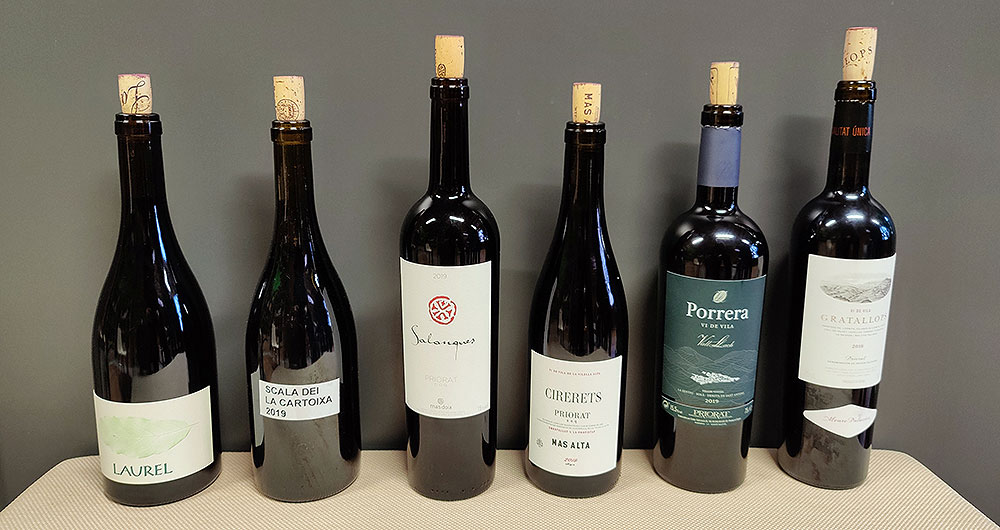A typical question people often ask me is, was so-and-so a good year for wine? It makes sense as while you can make wine literally anywhere in the world, actually growing grapes is a touch trickier and all comes down to how well the factors of the growing season, aka the “vintage” allowed you to see things through. There are rare instances when the vintage is completely unimportant. I remember a tasting in Napa Valley two years ago where they pitted the 2015, 2014, and 2013s against one another. For […]


